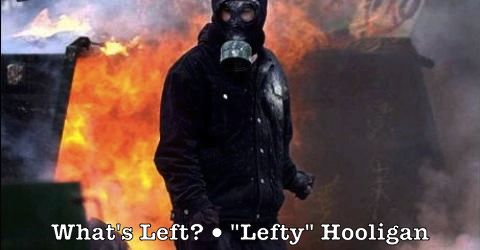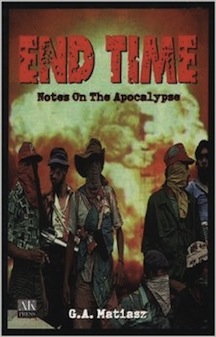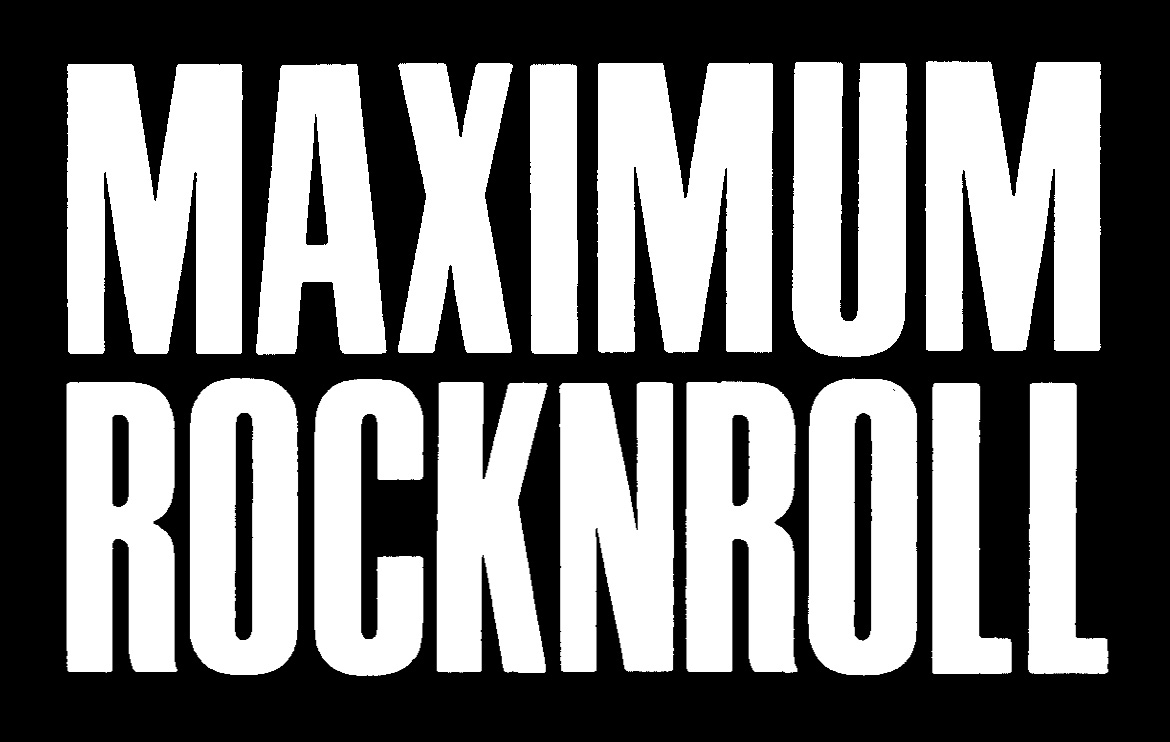I started listening to the radio to fall asleep at night when my parents moved back to southern California. I was a teenager in the ‘60s, living in Ventura, California. At first I listened to commercial AM radio; Top 40 and pop crooners. My parents’ radio stations. Then I discovered the Mighty 1090, XERB, out of Tijuana with Wolfman Jack, a growling, gravely-voiced disc jockey who specialized in “race music” that was quickly transforming into rock music. He played both black rhythm and blues and the white pop versions, Elvis-inspired rockabilly, doo wop, and the beginnings of rock’n’roll way past midnight. XERB was Mexican border blaster radio powerful enough to be heard well into Canada.
Those were the days of analog radio, when you could fine tune the dial with the slightest touch to catch radio stations that were too distant, interstitial, or so weak you could only find them late at night. FM radio was in its infancy, and often so low-powered that its line-of-sight signal meant that LA stations and their broadcasts were largely confined to that smog-choked metropolis. Early FM radio in LA was news-based or education-oriented or ghettoized into specific musical niches, like classical or jazz.
KMET started transmitting in 1968 at 94.7 as one of the first “underground” FM rock music stations, freeform, and relatively commercial free. Known as The Mighty Met, I only got its signal after 10 or so in the evening, when atmospheric conditions allowed it to bounce off the ionosphere and reach beyond the LA basin. Rock’n’roll was the soundtrack to my involvement with the New Left and hippie counterculture, and KMET allowed me to discover music that never got any airplay, commercial or otherwise. I remember the hair standing up on the back of my neck when I first heard the intro storm-and-bells to Black Sabbath’s first album in 1970, which was then played over the air in full. And then there was the utter wackiness of the Dr. Demento show.
The wide open free-wheeling nature of FM radio rapidly evaporated during the ‘70s. Commercial advertising was less prominent on the FM airwaves, corporate sponsorship of FM stations and networks was more low key, and the listener/community supported model of Pacifica and NPR was going strong. But true underground radio was essentially dead by 1975. Eventually, FM radio became more popular and commercial than AM radio, marginalizing the AM band to talk radio, news and sports broadcasting, and religious and ethnic programming. So let’s turn to one of the metaphors generated by the FM radio experience. When Pacifica-affiliated KPFA (94.1) in Berkeley or NPR-associated KQED (88.5) in San Francisco conduct pledge drives, they often allude to the fact that their call numbers are on the left-hand side of the radio dial, implying that they are politically to the left as well. This coincidence also holds for music, with both KMET and the original KSAN (94.9) in San Francisco, not to mention the many Bay Area college radio stations, residing to the left of the dial. I’m told that this is a happenstance of FCC allocation, nothing more. And I’m not interested in making the left-right nature of the radio dial into an analogy for some overly simplistic left-right political spectrum in this country. Instead, consider that the 88-108 MHz portion of the FM radio spectrum represents the full range of political discussion and debate in the United States. My subject this column is how different forces in our society fight over dialing politics either more to the right or further to the left.
FDR’s New Deal was at the center of the dial at the end of the second World War, but working people in this country had dialed politics significantly to the left by 1945, after over fifteen years of grueling class struggle waged in the midst of economic depression and then world war. Fascism had been soundly defeated and the Soviet Union was widely praised, some 35% of the American working class was unionized and more were organizing, industrial actions and nation-wide strikes were regular occurrences, and talk of socialism and calls for revolution were commonplace. The capitalist ruling class was in fear for its power and position, so a concerted effort was launched by the bourgeoisie to dial things back to the right. The Truman administration initiated a concerted anti-Soviet, anti-communist campaign that climaxed with McCarthyism’s purges during the Eisenhower era. The results were a 1950s marked by conformity and conservatism, Cold War and capitalist consumerism, as political discussion and debate shifted markedly to the right.
The decade from 1965 to 1975, known as the 60s, witnessed a political and cultural explosion that reset the dial to the left once again. The Civil Rights movement, the New Left, and the counterculture led, while JFK’s liberalism and LBJ’s Great Society followed. However, with the demise of Nixon, America’s last liberal president, the capitalist ruling class regained the ascendency. For the past forty-odd years it’s been dialing things back to the right, dismantling the welfare state, exploiting the collapse of Soviet communism, and deconstructing liberalism into neo-liberalism. The so-called Reagan revolution went so far as to threaten to demolish the New Deal altogether. When it comes to the Democrats, Carter dialed it to the right of JFK/LBJ, Clinton dialed it to the right of Carter, and Obama dialed it to the right of Clinton. That’s where we’re at today, the 2014 election hiccup notwithstanding.
Now, personally, I think that American politics lurched a little too far to the right in 2014, and that moderation will prevail once more in 2016. But it’s important to realize that this supposed moderation is actually solidly right wing when compared to the ‘60s, let alone the ‘40s. The political discussion and debate in this country has shifted, and continues to shift, to the right, thanks to the power and influence of the bourgeoisie. Returning to the radio analogy, where we once listened to Hank Williams Sr and country western music, we’re now tuned into Brad Paisley and fatuous country rock. Where we once grooved to John Coltrane and bebop, we now enjoy Winton Marsalis and vapid cool jazz. Where we once got high on Jimi Hendrix and rock’n’roll, we’re now buzzed by Yngwie Malmsteen and heavy metal noodling. And where we once thrashed to Black Flag and hardcore punk, we now politely consume Green Day and vacuous pop punk musicals. A sad state of affairs, indeed.








